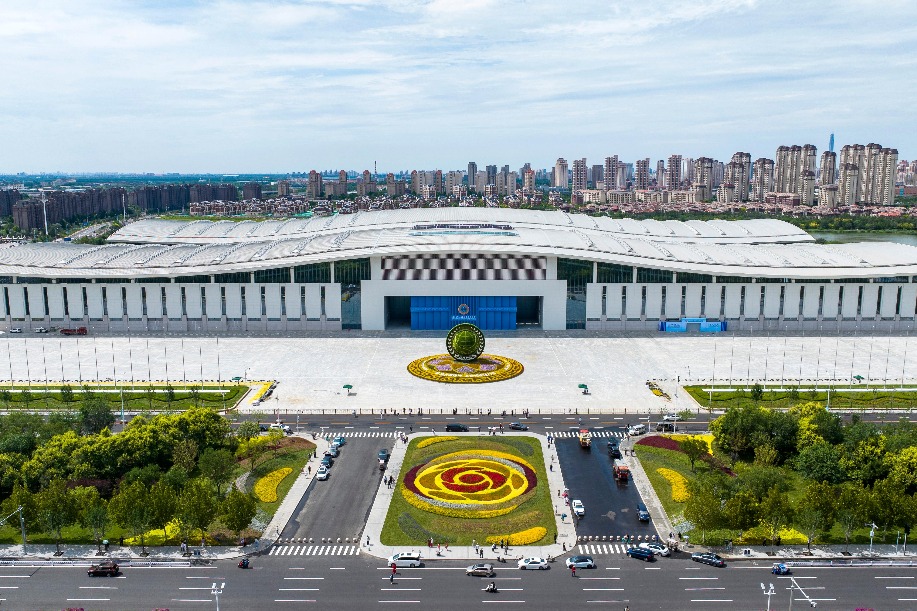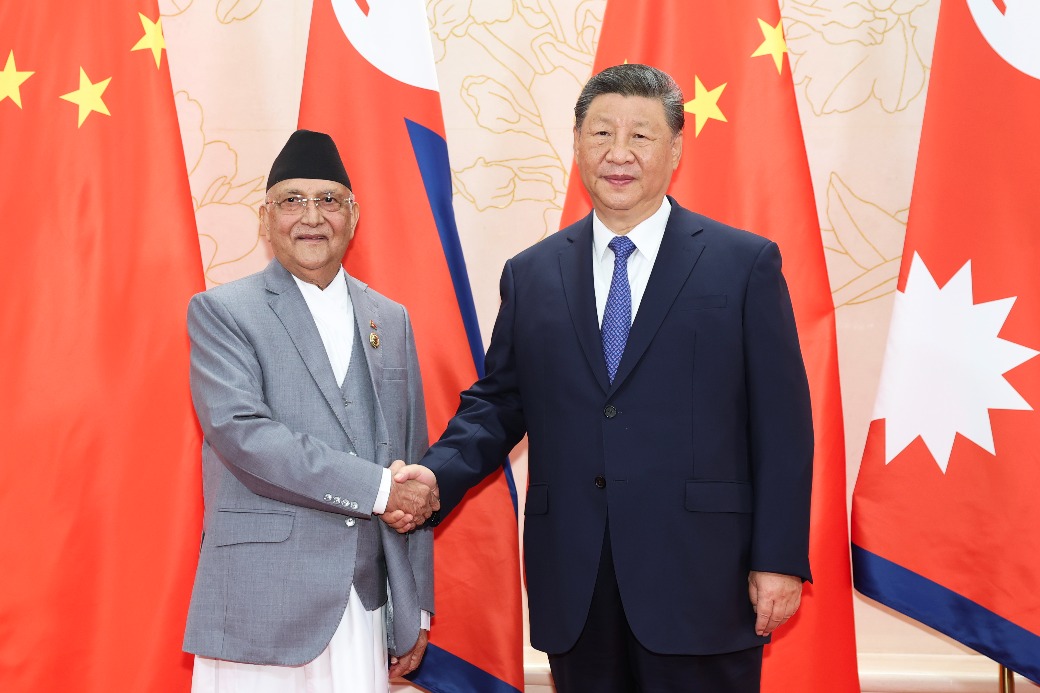A culture of color
By Zhang Lei | China Daily | Updated: 2021-09-04 09:58

At the beginning of the year, the Cultural and Creative Center of China Academy of Art released the 2021 Chinese color power lychee red (gei li hong). Inspired by the red color of lychee, the team also use the homophonic pun (li stands for power and also lychee in different intonations) to convey the wishes of the Chinese people to overcome the epidemic-gei li (powerful) in all aspects.
After completing the preliminary research work, the design team extracted hundreds of lychee-related colors. After repeated debugging and screening, dozens of colors with the highest frequency were determined. The team led by two experts Song Jianming and Wu Bibo, selected them again. Combining the classical names of lychee and red in traditional Chinese culture, the final version was named after dan xia, xi lan, yu he and luo shen-four different levels of red genealogy as the standard color of this project. The theme color is permeated with the vigorous oriental aesthetics.
"In the Tang Dynasty, gei li hong is the bright and beautiful color on the clothes of the envoys from the western regions, and in the landscape painting Dwelling in the Fuchun Mountains, the reddish color is the forest of maple leaves in the mountains," says Song Jianming, director of the Color Research Institute of China Academy of Art.
"Nowadays, the color is fashionable, which is more in line with the wishes of young people, so we choose it as the future fashion trend."
Despite the fact that the Chinese aesthetic has been eclipsed for a long time, scholar Guo Hao and designer Li Jianming are among the many who are willing to dig deep into this treasure trove.
The duo have reviewed nearly 400 color-related literature and classics, conducted an unprecedented textual research and summed up 384 traditional Chinese color names.
Different from the three-primary-color classification method in the West, the Zhou Dynasty (c. 11th century-256 BC) ruled its world with rituals and stipulated that the traditional Chinese five colors "red, yellow, blue, black and white" were the positive hues.
Guo divides the words used by the ancients to describe colors into two categories: concrete and imagery. Concrete is the color of words that come from the heavens and the earth. For example, brown comes from vivid concrete figures: golden tea, autumn tea, sauce tea, agarwood, eagle back, brick, lotus root silk, tea green, sandalwood, and so on. The imagery words are based on everything superimposed on the way humans perceive and record the world, derived from human activities, emotions and imagination.
During the 2020 Chinese Traditional Color Academic Annual Conference in November 2020, Feng Shi, a researcher at the Institute of Archaeology, says exploring the oriental color system is a subject of great academic significance. It is the embodiment of traditional Chinese epistemology and philosophy. He called on scholars to set up a color system with Chinese characteristics.
"The Chinese traditional colors are the way the Chinese define colors and the way the Chinese look at the world. There is an oriental aesthetic and ancient wisdom that has been passed down for thousands of years," Guo says.
























